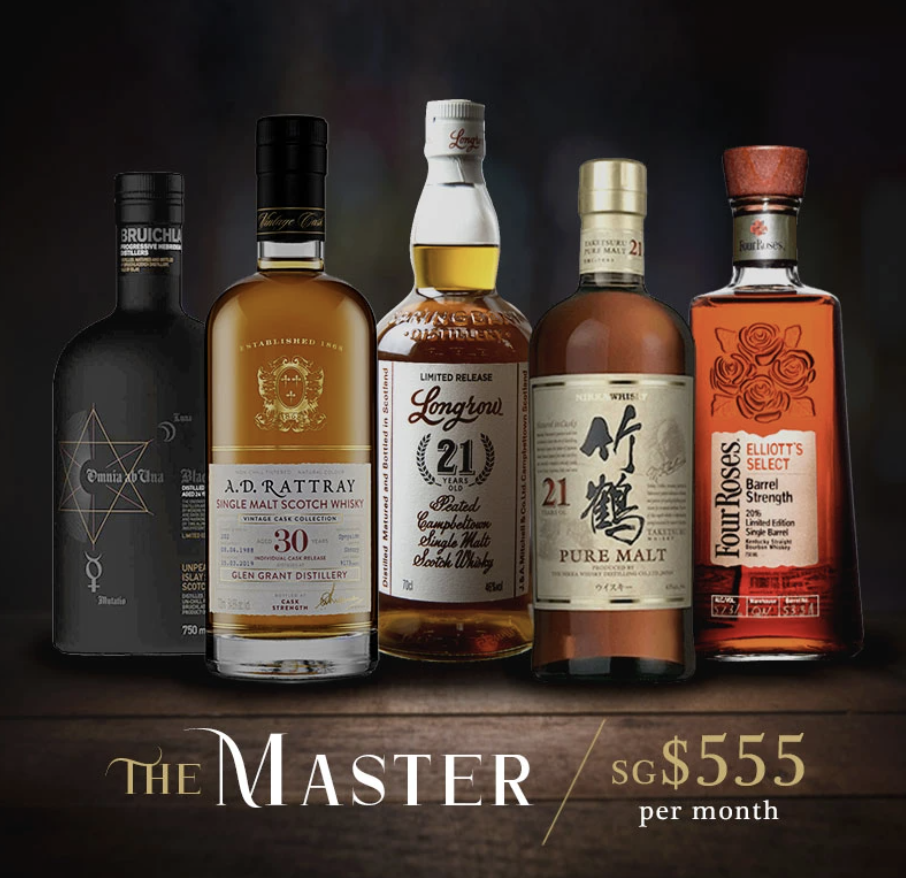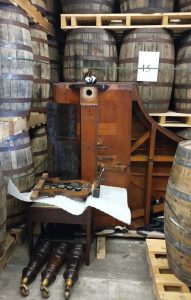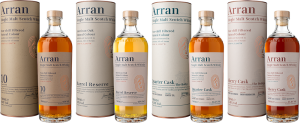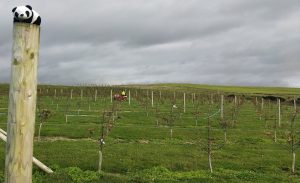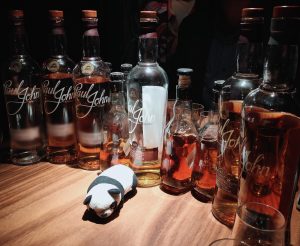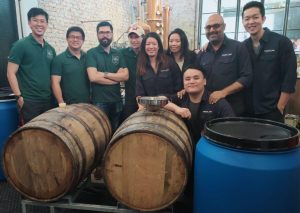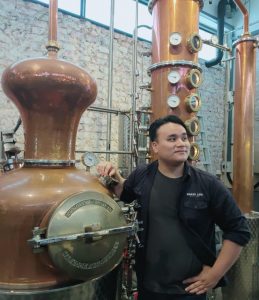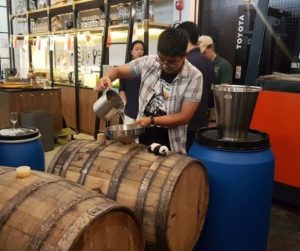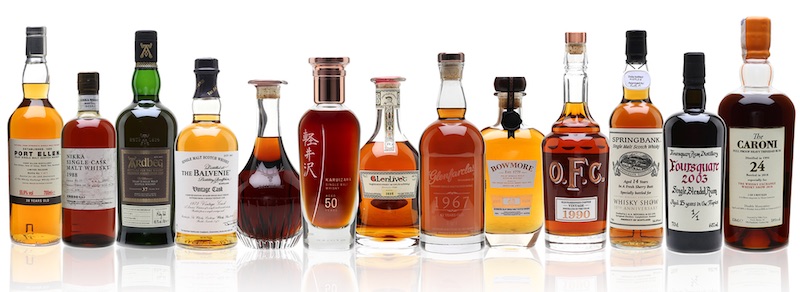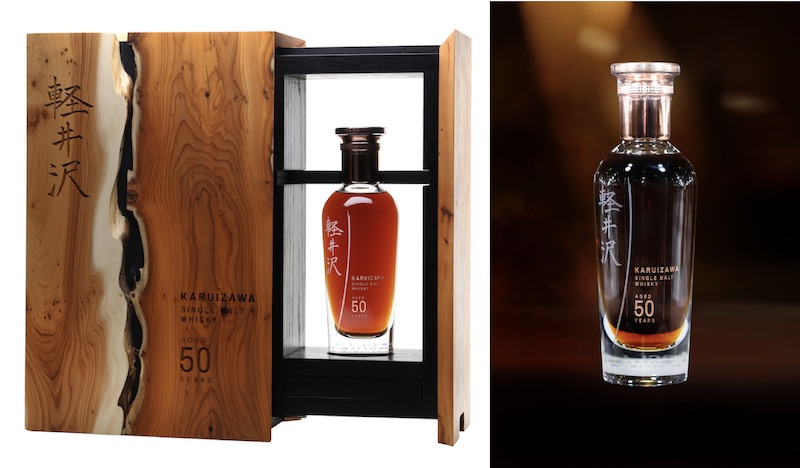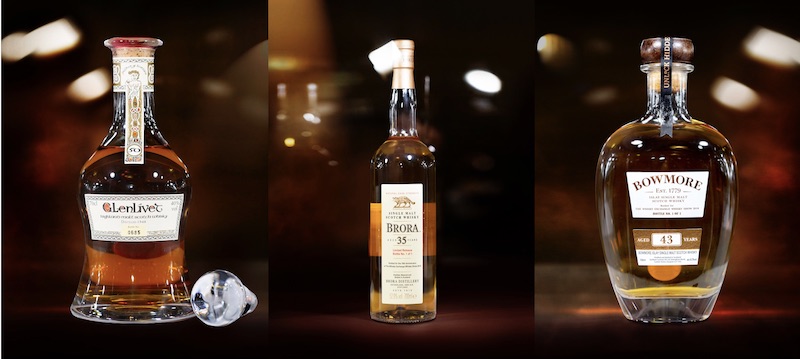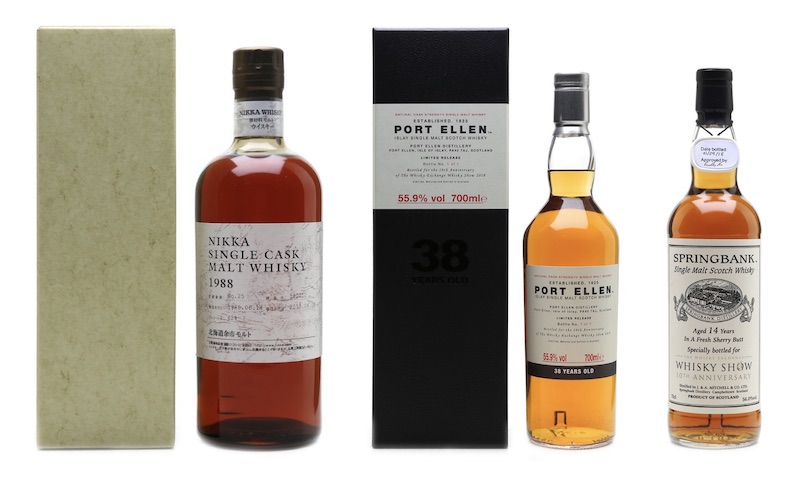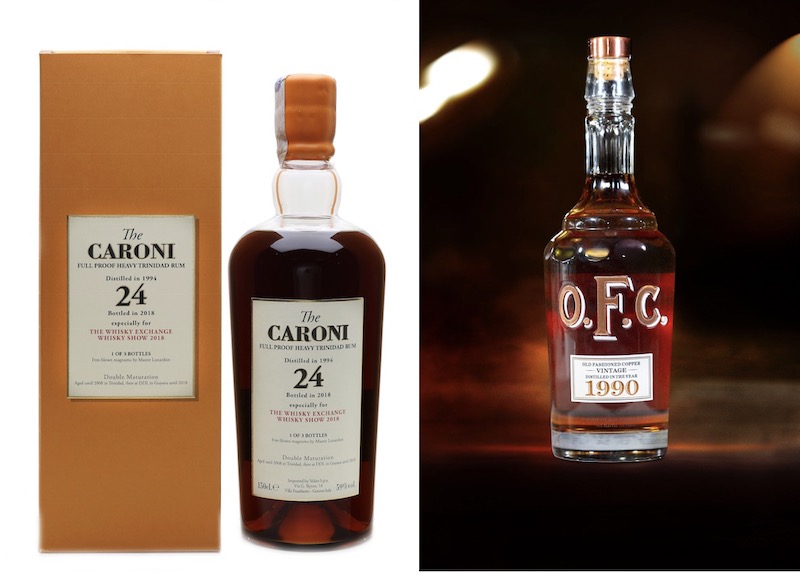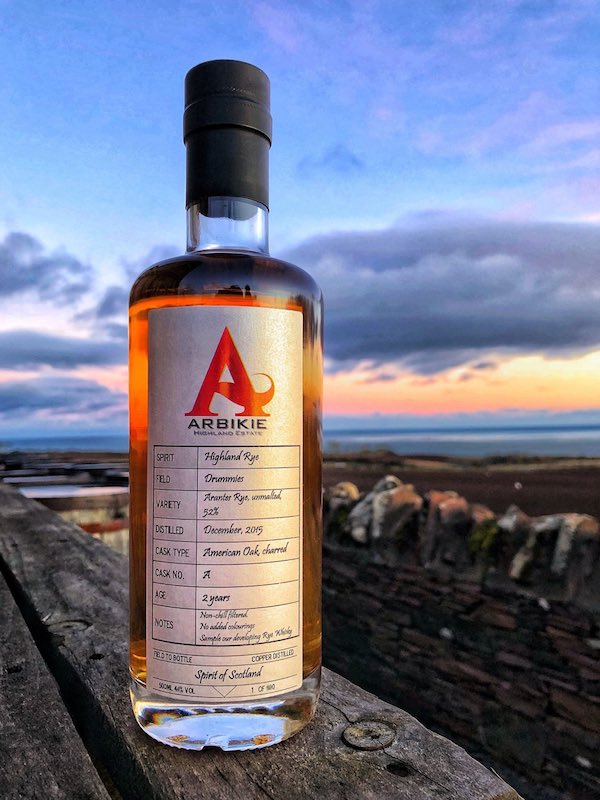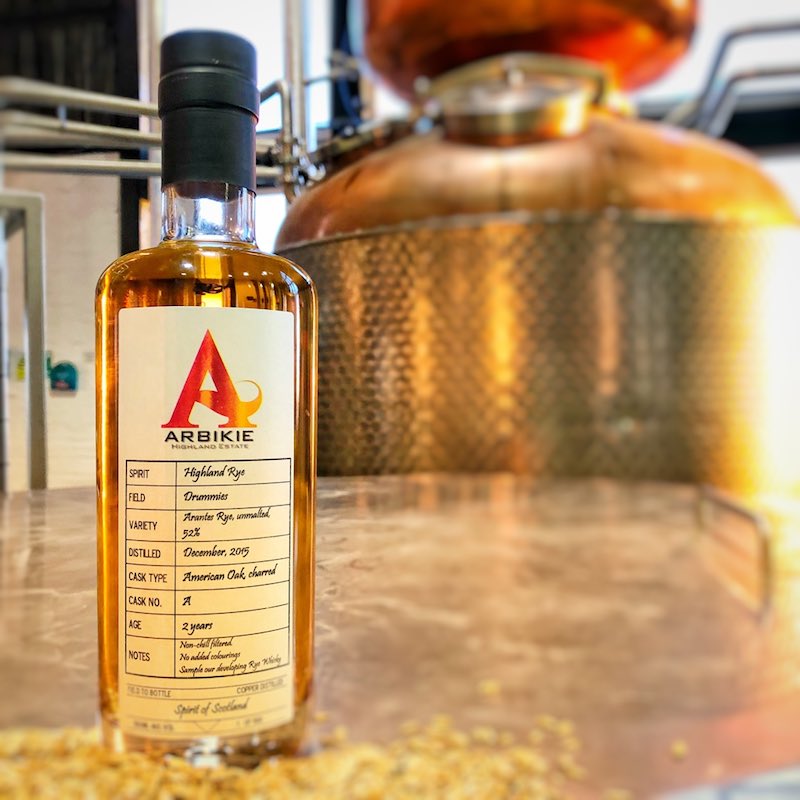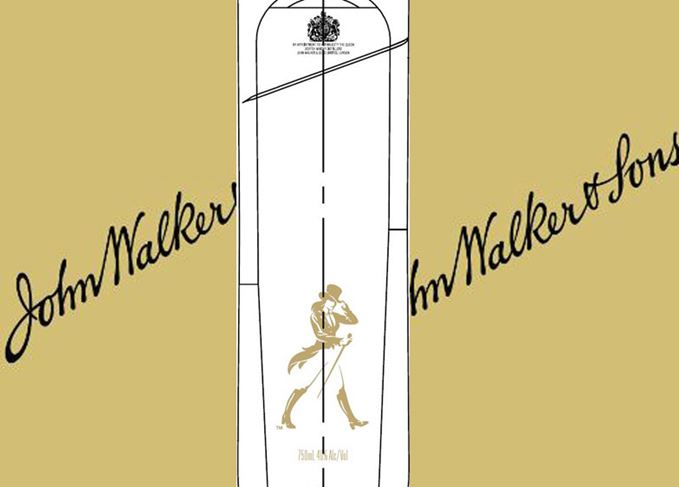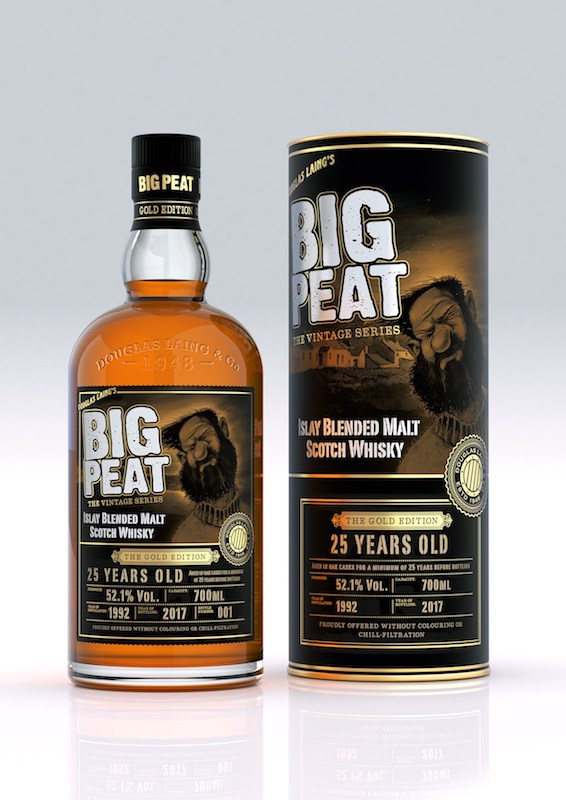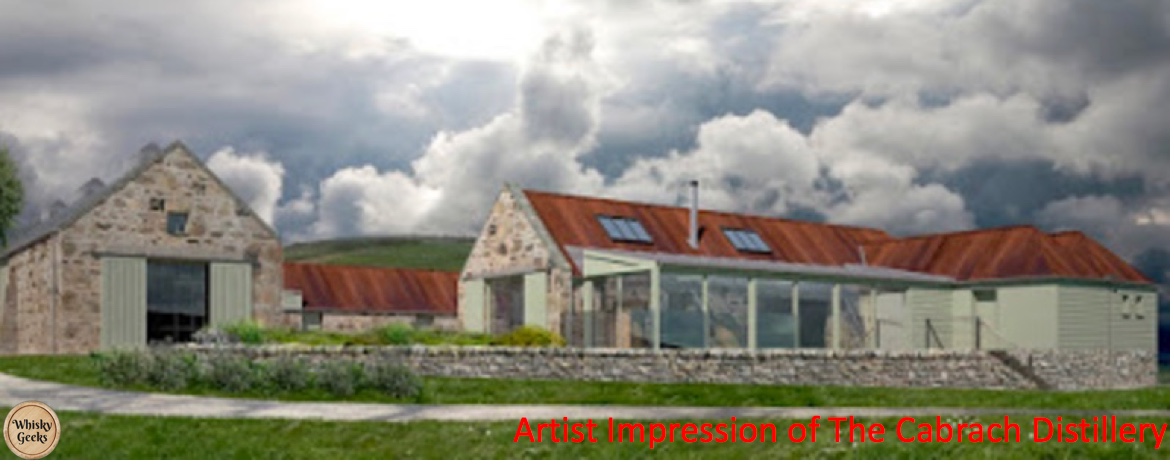A chat with Glen Scotia Master Distiller Iain McAlister
Whiskygeeks headed down to Glen Scotia to have an in-depth conversation with Master Distiller and Distillery Manager Iain McAlister about production and his thoughts about whisky! This time, I will skip past the history and process details that can be easily found on their website to talk about information that is not readily available! Glen Scotia has been in the Loch Lomond group since 2014, and Hillhouse Capital Group, which is based in China, later bought the parent company in 2019.
Glen Scotia’s Production Details
Barley and Mashing
After the pandemic, distilleries are starting to move away from the Concerto barley variety. As of writing, Glen Scotia is currently using the Diablo barley variety in 2022 and deals with various peating levels; 0ppm, 15ppm, 23ppm, and 55ppm. However, some of these ppm values are just an average and may change depending on what they want to achieve. For instance, this festival bottling is made from barley peated at 30ppm.
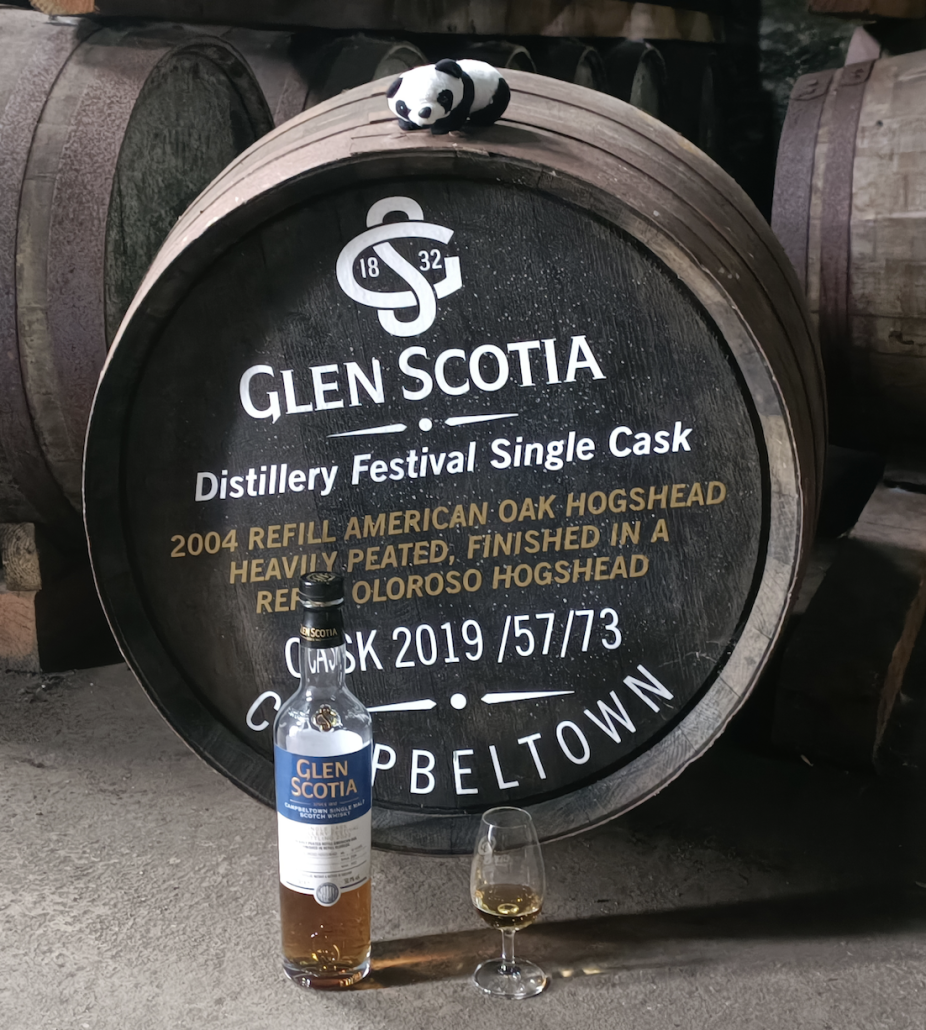
Water at 66°C first hit the milled barley, or grist, followed by a second stream at 76°C. Following that, there will be 2 more streams at 85°C that serve as the sparge. Only the first two streams are used for fermentation and the 2 sparge streams are reused for the next mashing. Two valves serve as the “(open-loop) process control” of the sparge, and the temperature control is very much like adjusting the hot and cold tap in a shower. Iain did not want the distillery to lose the human touch in whisky-making and highlights just how manual some processes are. These days with distilleries on Islay, like Caol Ila, that can operate with a press of a button, Glen Scotia stands out!
The mashtun is a rake and plough model from the Victorian Era, with a castiron exterior, much like Bruichladdich! This is a rare sight these days as more distilleries are moving towards lauters or semi-lauters.
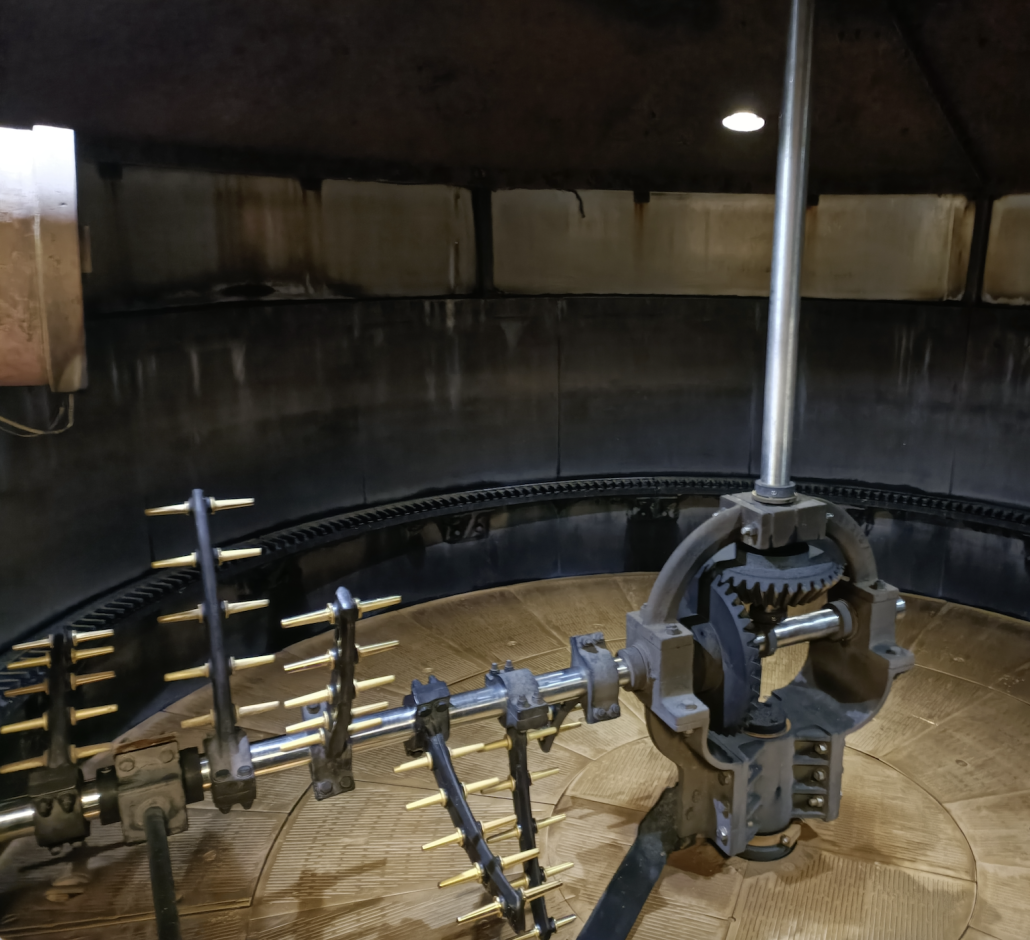
Fermentation & Distillation
Glen Scotia is only running 5 days a week as of September 2022, and some wash might ferment over the weekend. Consequently, Iain decided on two strains of pressed yeasts for fermentation; namely Kerry’s M and MX strains. The faster MX strain finishes the fermentation in 70 hours. But for fermentation over the weekend, Glen Scotia uses the slower M strain at approximately 144 hours. Lochranza distillery on the Isle of Arran uses the same system with M and MX yeast! Peated and unpeated wort undergoes similar fermentation times. Glen Scotia has 9 stainless steel washbacks, 6 inside the distillery, and 3 outdoors.
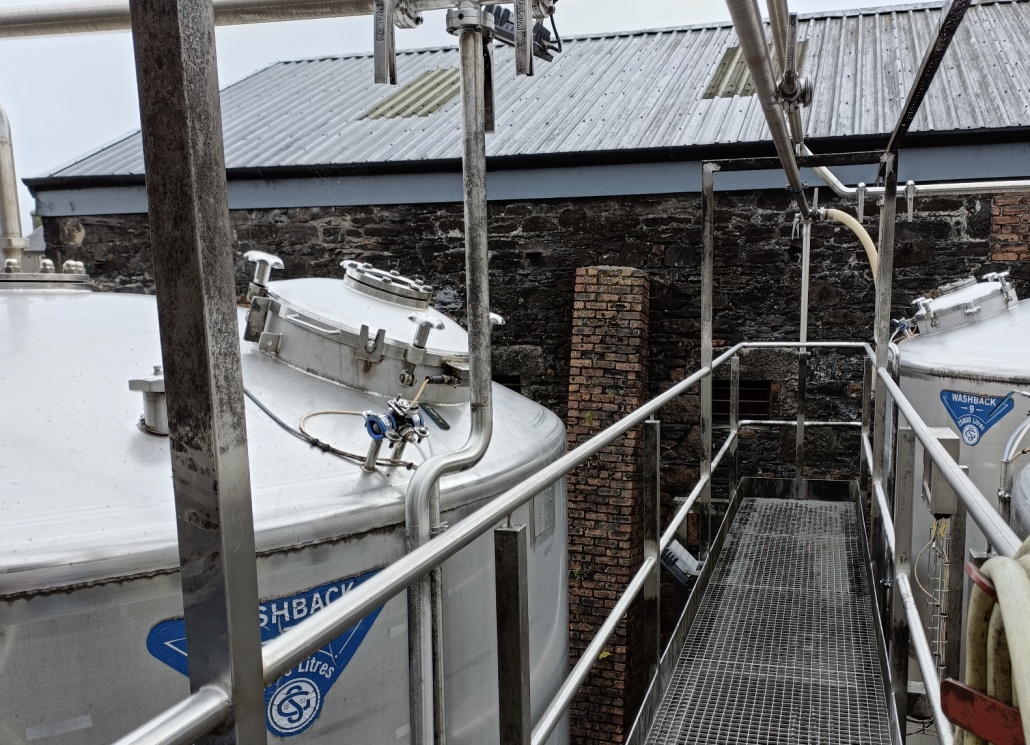
Despite this arrangement, Iain told me there is no temperature control during fermentation. Iain stresses the importance of letting nature take its course during this stage of whisky production.
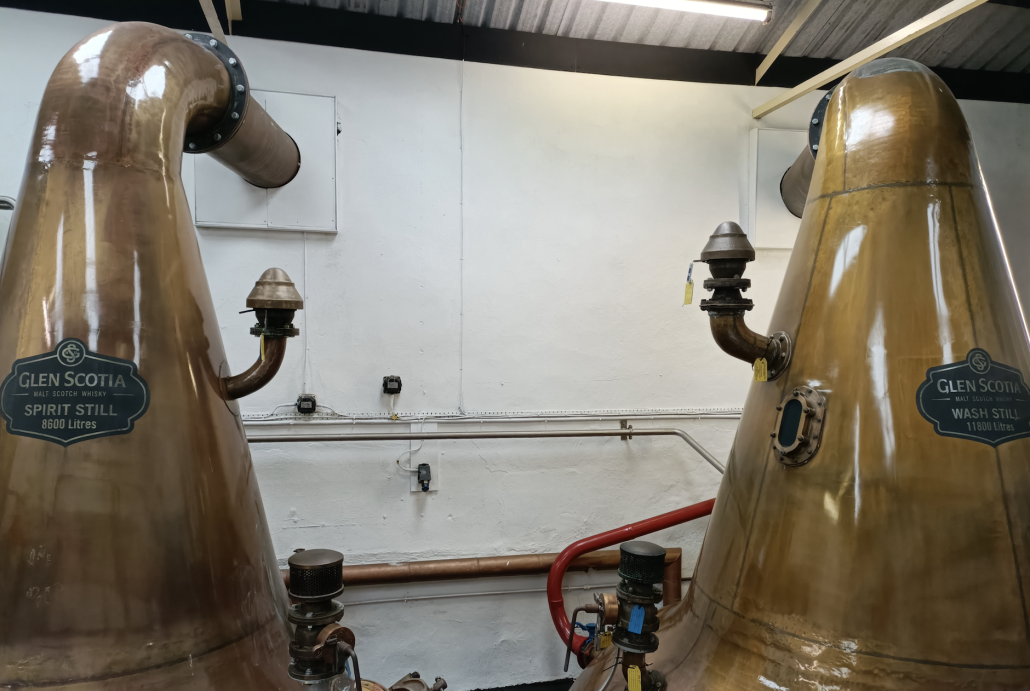
At the time of writing, the distillery’s capacity is sitting at 0.5 MLPA (Million Litres of Pure Alcohol) per annum. While there are only a pair of copper pot stills, there are plans to increase the distillery’s capacity by 40% by adding another pair of stills! If you get the chance to try Glen Scotia’s new make spirit, you should!
Additional Questions with Iain McAlister
Master Distiller and Distillery Manager Iain McAlister used to work as an operations engineer at Scottish waters handling mechanical and process aspects before he joined Glen Scotia in 2008 as a distillery manager.
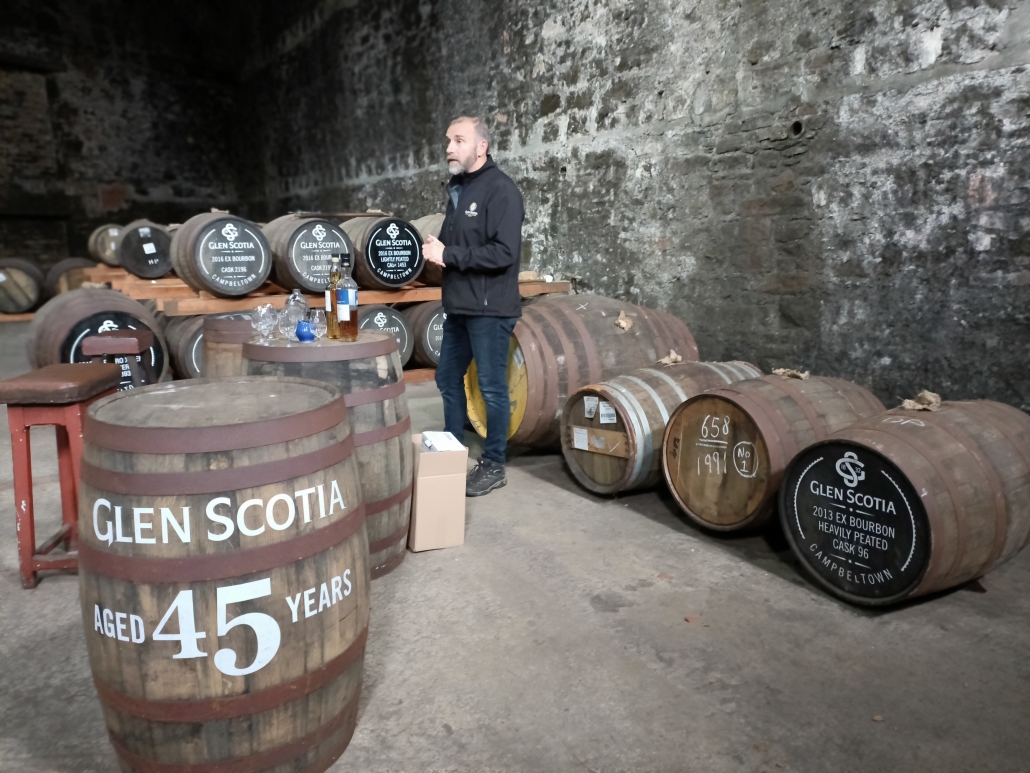
How is Glen Scotia doing in China?
Iain mentioned that the older age statements are selling really well, especially with the connections from the owners.
What aspects of your engineering background helped you with entering the whisky industry?
The mechanical and electrical repairing, whenever something goes awry in the distillery.
How do you think or hope Campbeltown will grow in the next decade?
“The Campbeltown renaissance is upon us, and the region is regaining its confidence.”
With the news of 2 confirmed distilleries that will begin construction, I share Iain’s hope that Campbeltown will grow and expand.
Any plans to do local barley?
“We nearly did a few years back, but Iain says that it requires careful planning and scheduling.”
Local barley maybe of a different grain size and have different properties to the mass malted barley from Maltsters. The mill needs to be adjusted. Iain later added that this idea may be considered again in the future.
What, in your opinion, contributed to Glen Scotia winning Distillery of the Year in 2021?
“Really the dramatic rise of Glen Scotia has drawn a lot of attention to GS, this has always been very positive and as we are a small distillery in Campbeltown, it always has a sense of romanticism, but importantly we are now producing some of the best whiskies to come out of the distillery in recent times, so really the full package has drawn a lot of positive media attention on to us which is very humbling”
What’s one thing you wish more whisky drinkers knew about?
“Never judge a whisky by its age. It is always how it was originally made, a badly made 25-year-old, will always be poor, but a well made 6 year old is always going to be good. Certainly things can be done to improve, but that’s not the best way to do things.”
During the whisky tasting portion, we have many younger Glen Scotia that had an incredible calibre of maturation. And I agree with Iain’s thoughts, that sometimes, the age of the whisky is not as important as everyone makes it out to be!
Many thanks to Iain McAlister for the wonderful tour, and his time for answering my questions!


